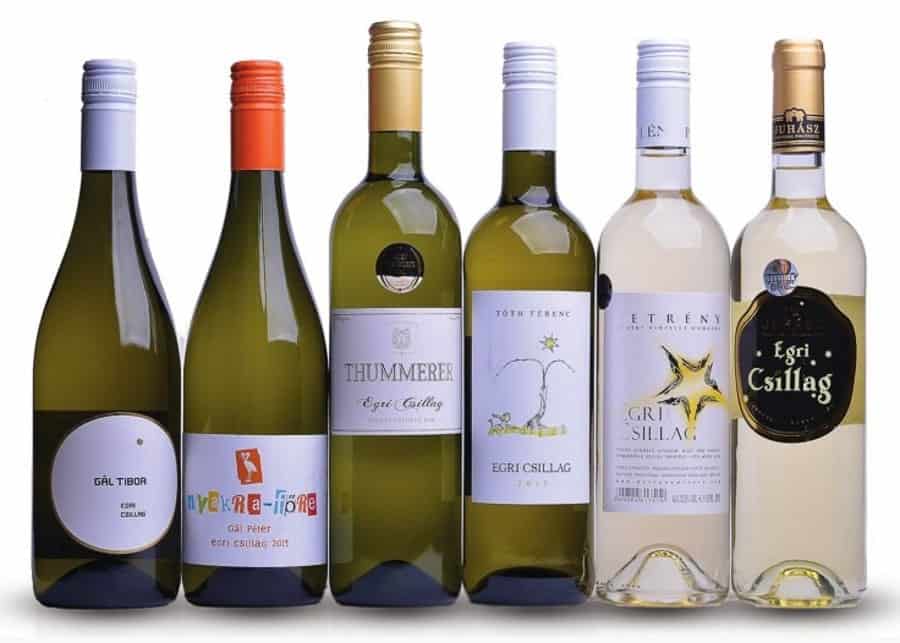In the world of wine, few aspects generate as much discussion and curiosity as wine ratings. Whether you’re an experienced oenophile or just beginning your journey into the intricate world of wine, understanding wine ratings can enhance your appreciation and selection of wines. In this article, we delve into the fascinating realm of wine ratings, exploring what they are, how they work, and their significance in the wine industry.
What Are Wine Ratings?
Wine ratings represent a standardized system that professionals, including wine critics, sommeliers, and specialized publications, use to assess a wine’s quality and characteristics. The most renowned wine rating system is the 100-point scale, where wines receive a score between 0 and 100, with higher scores indicating better quality. These ratings serve as a benchmark to guide consumers in their wine choices.
The 100-Point Scale
The 100-point scale, developed by Robert M. Parker Jr., is the most widely adopted wine rating system. Here’s a breakdown of how it typically works:
- 95-100: Exceptional – Outstanding wine with extraordinary complexity and character.
- 90-94: Outstanding – A wine of superior quality, showing great depth and finesse.
- 85-89: Very Good – A wine with above-average qualities, well-crafted and enjoyable.
- 80-84: Good – A solid wine that is sound but may lack complexity or excitement.
- 70-79: Below Average – A wine with notable flaws or unimpressive qualities.
- Below 70: Unacceptable – A wine that falls short in various aspects and is deemed unsatisfactory.
Who Assigns Wine Ratings?
Moreover, wine ratings are typically assigned by experienced wine critics and sommeliers. Prominent publications such as Wine Spectator, Wine Enthusiast, and Robert Parker’s Wine Advocate feature respected critics who taste and evaluate thousands of wines annually. Additionally, individual wineries often provide ratings from these experts on their labels and promotional materials to showcase their wine’s quality.
The Impact of Wine Ratings
Wine ratings can have a significant impact on the wine industry, from the winery to the consumer:
- Marketing and Sales: High wine ratings can boost a winery’s reputation and increase sales. Wineries often proudly display top ratings in their marketing materials and on the labels, attracting consumers seeking quality assurance.
- Consumer Guidance: Wine ratings help consumers navigate the vast world of wine. They provide a quick reference point for choosing a bottle that aligns with their taste preferences and budget.
- Investment: For collectors and investors, wines with high ratings can appreciate in value over time. In addition, a wine with a strong track record of high scores may become a sought-after commodity.
- Quality Control: Wineries use ratings to evaluate their performance, striving to consistently improve their wines to achieve better scores in the future.

The Subjectivity of Wine Ratings
It’s important to note that wine ratings are inherently subjective. Different critics may assign different scores to the same wine due to their individual palates and preferences. Factors such as the setting, temperature, and the taster’s mood can influence a wine’s rating. Moreover, not all wine experts use the 100-point scale, and various publications have their rating systems, which can make comparisons challenging.
The Role of Tasting Notes
Wine ratings are often accompanied by tasting notes, which provide a detailed description of a wine’s sensory characteristics. These notes help consumers understand what to expect from the wine, including its aroma, taste, texture, and finish. Tasting notes can be invaluable when selecting a wine that suits your personal preferences.
Conclusion
In conclusion, wine ratings provide a valuable framework for navigating the world of wine, offering guidance and assurance in a realm of endless choices. While they offer a useful starting point, remember that personal preference plays a crucial role in wine selection. So, use ratings as a tool to enhance your wine adventures, but always trust your own palate and the joy of discovery as you explore the diverse and captivating world of wine.




